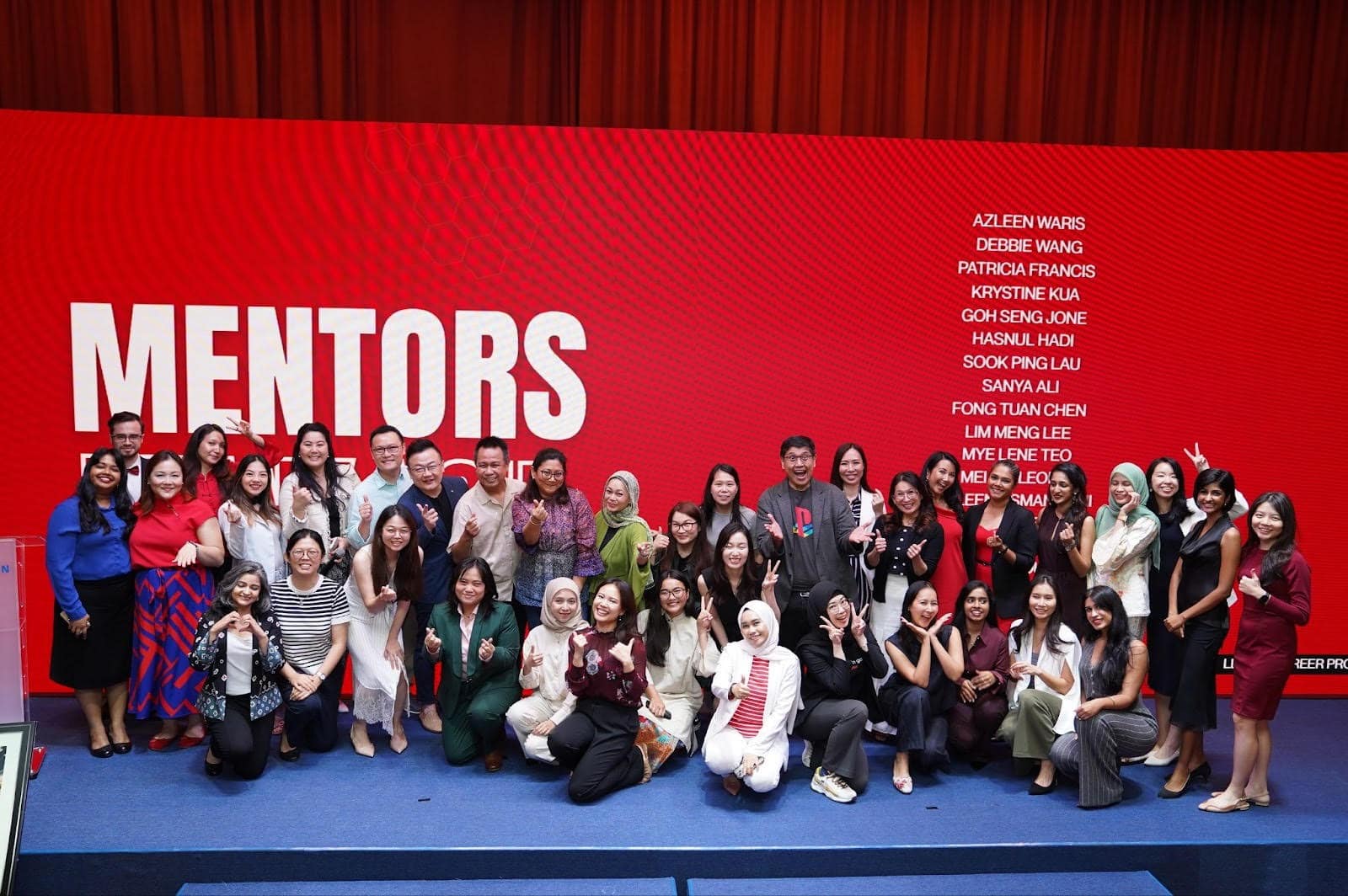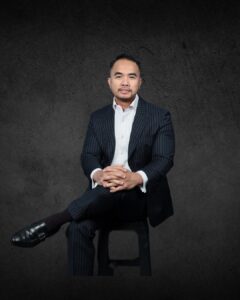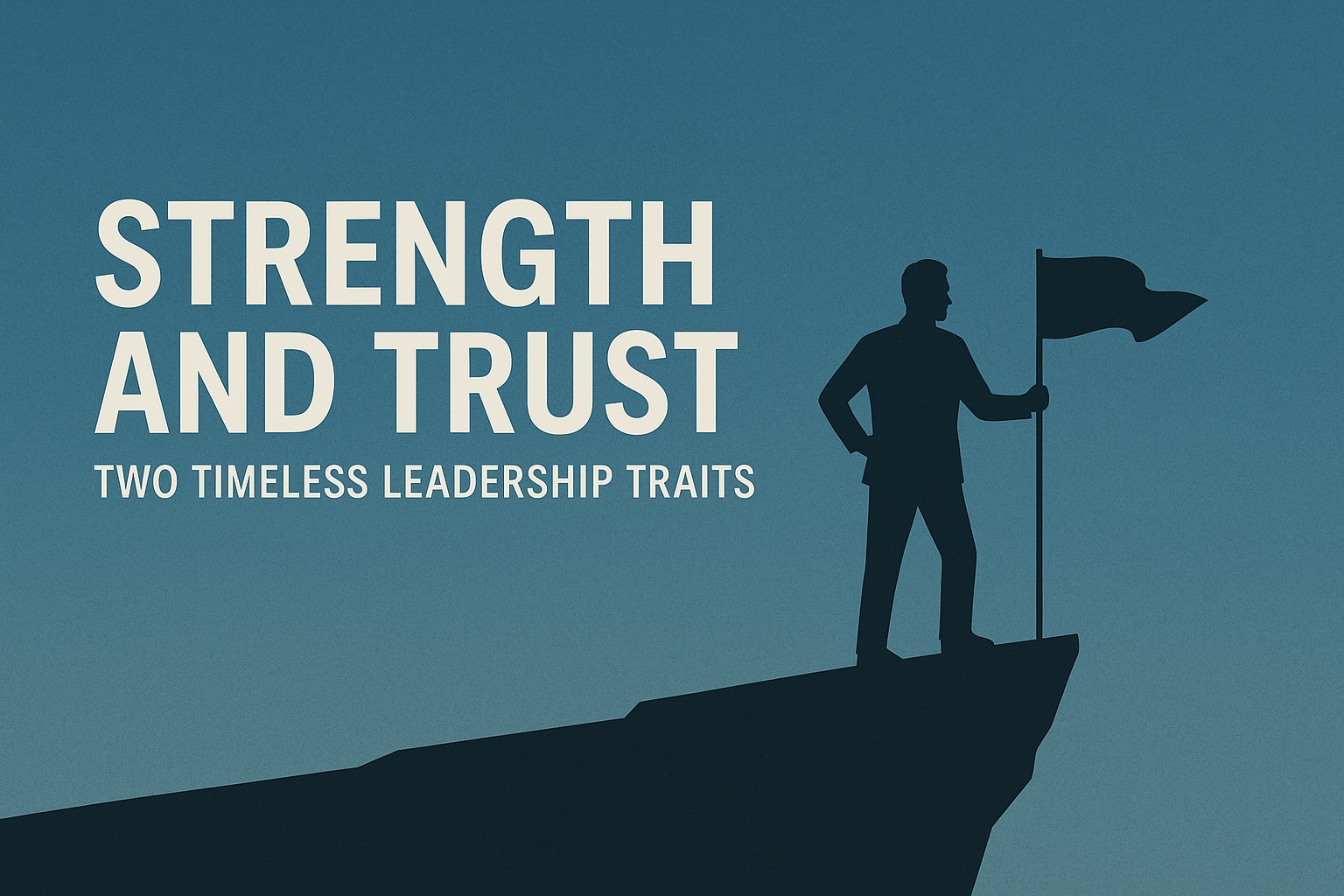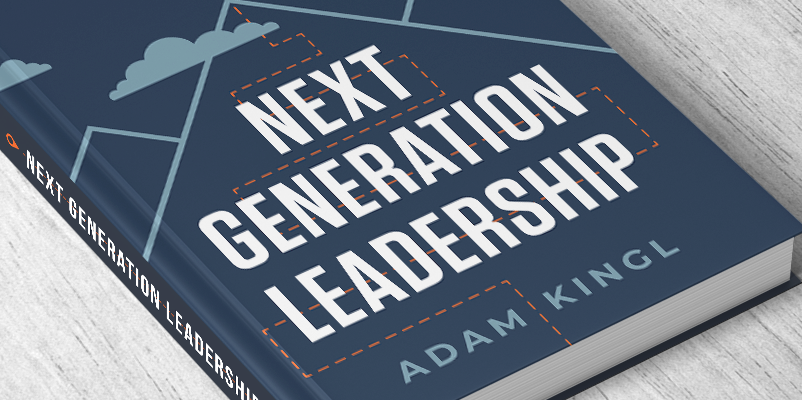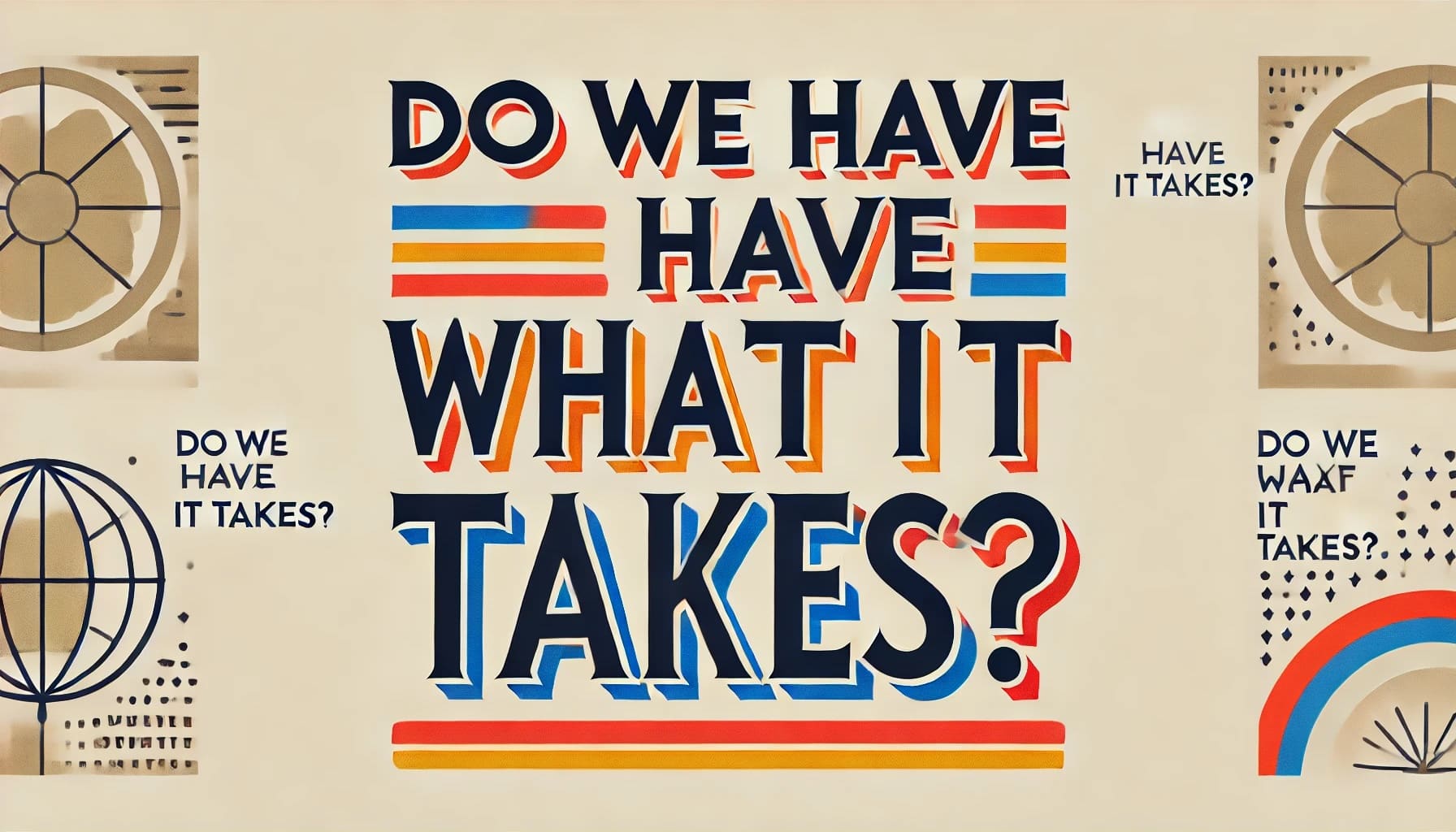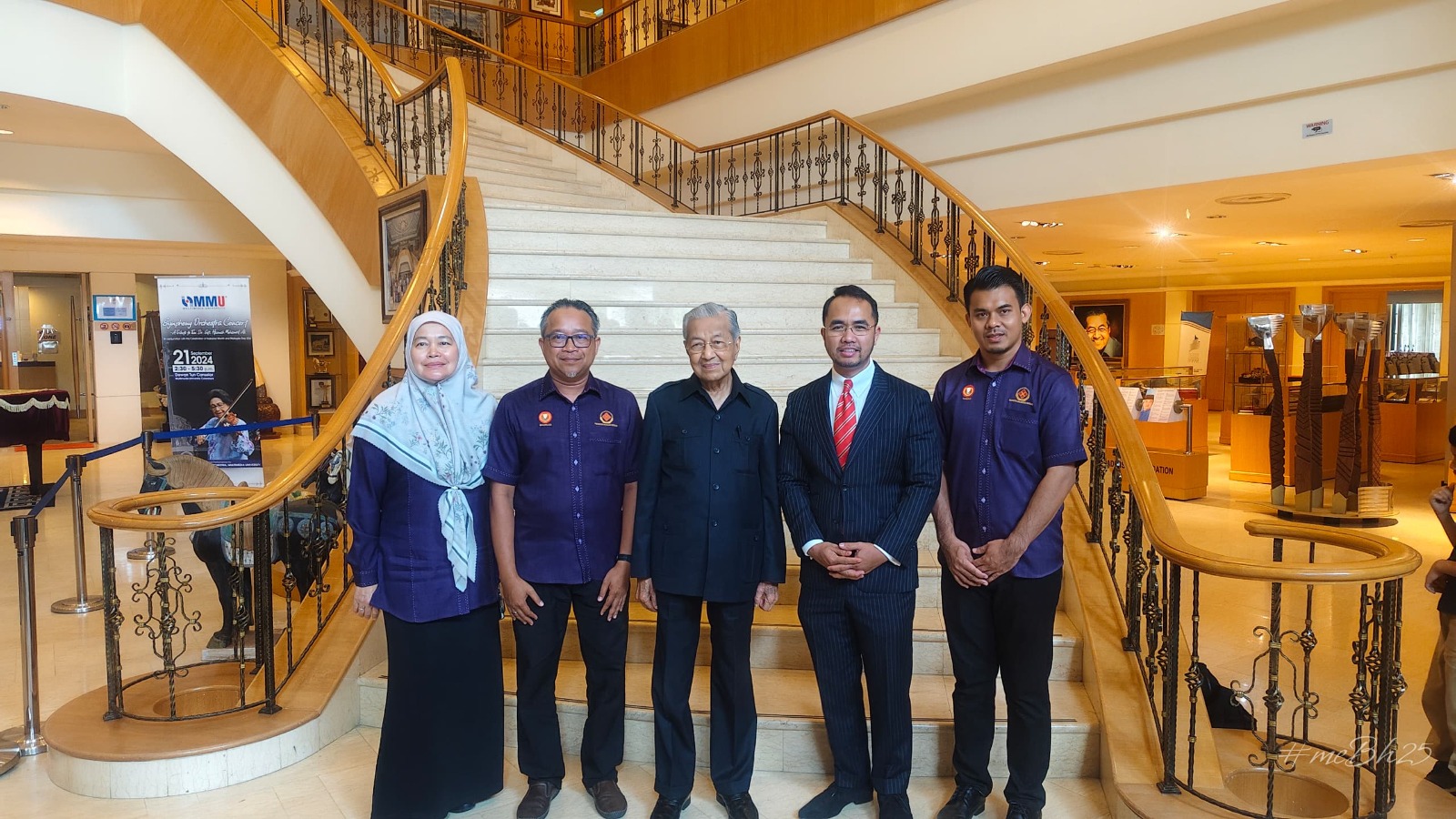What is leadership?
To many, leadership is power. To others, it’s about influence.
But to me, leadership is a trust and responsibility a continuous journey of understanding people, defining direction, and cultivating a culture of safety, growth, and purpose within an organization.
This piece is drawn from real leadership experience.
When I first took on a leadership role, I believed I had to be firm at all times. I thought everyone had to follow my way.
But over time, I realized: no single leadership style works for every individual.
Why? Because people are different.
Every team member comes with their own background, working style, strengths, blind spots, and mindset.
And as leaders, we are not perfect either. We have our own limits and strengths. That’s why we can’t rely on one default leadership style. We must learn to adapt and adopt.
The Driving Analogy
I’m a car enthusiast so let me explain it this way:
Driving an All-Wheel Drive (AWD) is different from handling a Rear-Wheel Drive (RWD).
Rally driving techniques don’t work on a racetrack.
Turbocharged engines behave differently from naturally aspirated ones.
Handling a supercar is not the same as a front-wheel drive (FWD) compact car.
Likewise in leadership:
Some employees are like FWD cars : they need to be guided and pulled forward.
Some are RWD : they respond best to a push from behind.
Some are “turbo” : they need time to “boost” due to a bit of lag in the beginning, but once they pick up… they’re extraordinary.
A true leader understands when to brake, when to downshift, and when to drift depending on the road ahead.
5 Steps to Becoming an Adaptive Leader.
1. Continuous Learning Read beyond leadership. Learn about human psychology, emotional intelligence, historical leaders, and organizational behavior. Insight fuels versatility.
2. Seek Mentorship We don’t have all the answers. Learn from those who’ve navigated the terrain. Ask questions. Tap into collective wisdom.
3. Embrace Lifelong Development The workforce evolves. So should our leadership. Learn from challenges, feedback, and even failure.
4. Let Go of Ego Admitting flaws doesn’t make you weak — it builds trust. Humility makes room for better listening, better learning, and stronger leadership.
5. Lead with Humility, Stay Grounded in Principles Leadership isn’t about being the boss. It’s about being the guardian of your team’s potential. Stay approachable, but never compromise your core values.
Leadership isn’t about being right but it’s about being effective.
What works for one team might not work for another. Agility is the currency of modern leadership.
We’ve all worked in “toxic environments” where communication is top-down, and silence dominates. But what if we could lead differently?
What if leadership was about creating safe spaces where ideas are shared freely, and voices matter?
5 Principles to Build a Harmonious & High-Trust Workplace
1. Start With Self-Awareness
Self-awareness is the foundation of leadership.
According to Harvard Business Review, leaders with high Emotional Intelligence (EQ) are more effective and better liked.
EQ is not just managing your emotions and it’s about understanding their ripple effect on others.
“Before you are a leader, success is about growing yourself. When you become a leader, success is about growing others.” – Jack Welch
2. Promote Constructive Dissent
Create space in meetings where someone can respectfully say, “I disagree.”
This isn’t rebellion but it’s the birthplace of innovation.
Google’s Project Aristotle found that psychological safety is the #1 factor in high-performing teams.
When people feel safe to speak up, creativity thrives.
3. Be an Active Listener
Don’t just hear; listen with intention.
Pause. Absorb. Paraphrase key points to show understanding.
“Leadership is not about being in charge. It’s about taking care of those in your charge.” – Simon Sinek
4. Model the Culture You Want
If you react with anger or ego, people will retreat. You set the emotional tone.
As research by the Center for Creative Leadership (CCL) shows, organizational culture mirrors the emotional energy of its top leaders.
5. Develop People, Not Just KPIs
Yes, results matter. But so does growth. Ask:
“How can I help you grow?” not just “Is this done yet?”
“A leader is best when people barely know he exists. When the work is done, they will say: we did it ourselves.” – Lao Tzu
The Science of Leadership Today
Modern leadership emphasizes transformational leadership; a style where leaders inspire, energize, and co-create a meaningful mission with their teams.
So, how do we become adaptive leaders?
I’m still learning, too. This article is as much a reflection for me as it is a guide for others.
It starts with the heart; the willingness to listen, to understand, and to lead with authenticity.
It continues with the intellect reading, reflecting, and applying proven leadership frameworks.
And it is sustained through daily intention to treat people better, to build culture, and to grow others.
Because leadership is not about being the smartest person in the room. It’s about being the one who elevates others.
“People don’t leave bad jobs. They leave bad bosses.”
Let’s not be that boss.
Let’s be the kind of leader they’re proud to follow.
And above all, remember: every gift, strength, and insight is from God.
If there’s any weakness in this piece; that’s on me.
May we keep learning, evolving, and building teams, cultures, and futures that matter by His will.





